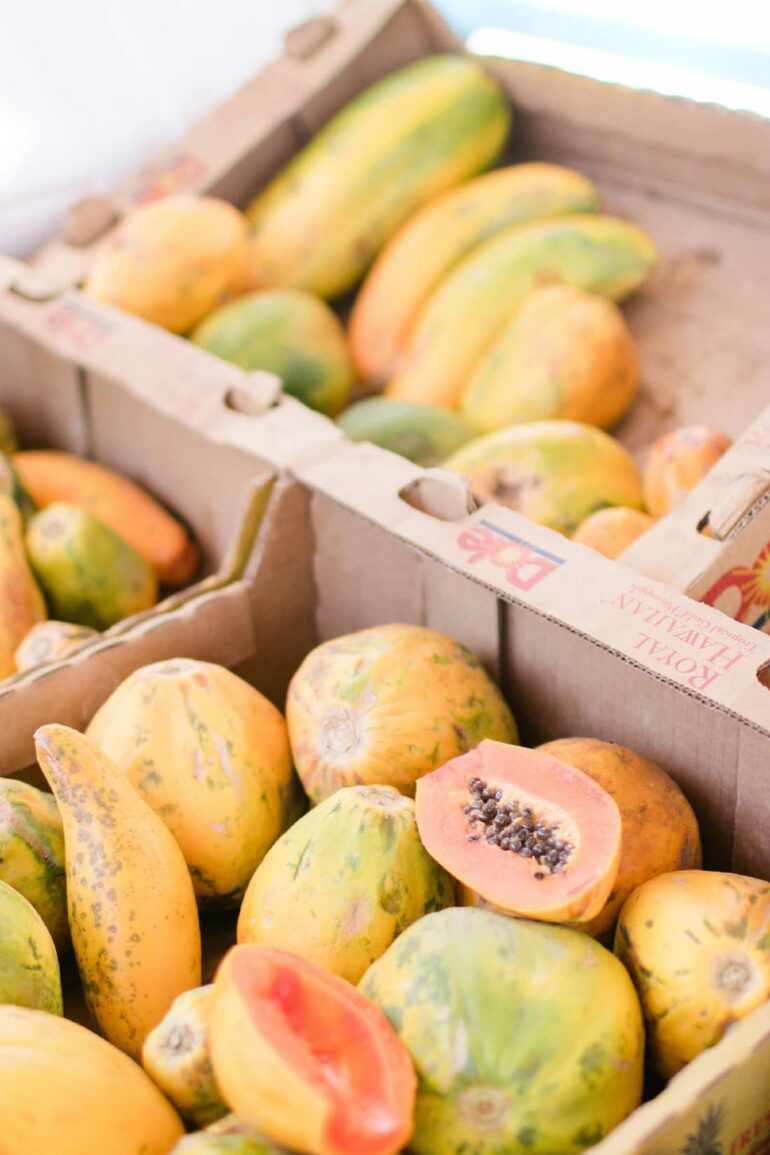Yellow is a color that often connects to sunshine, brightness, and happiness. Did you know that some fruits of this color can benefit your health in different ways?
Yes, as pleasant as they are to the eyes, yellow-colored fruits also pack in a multitude of nutrients, making them beneficial for your eyes, heart, skin, and health in general.
So, without further ado, let’s dive into the list of 15 yellow fruits you should be eating and some of their potential health benefits:
1. Golden Delicious
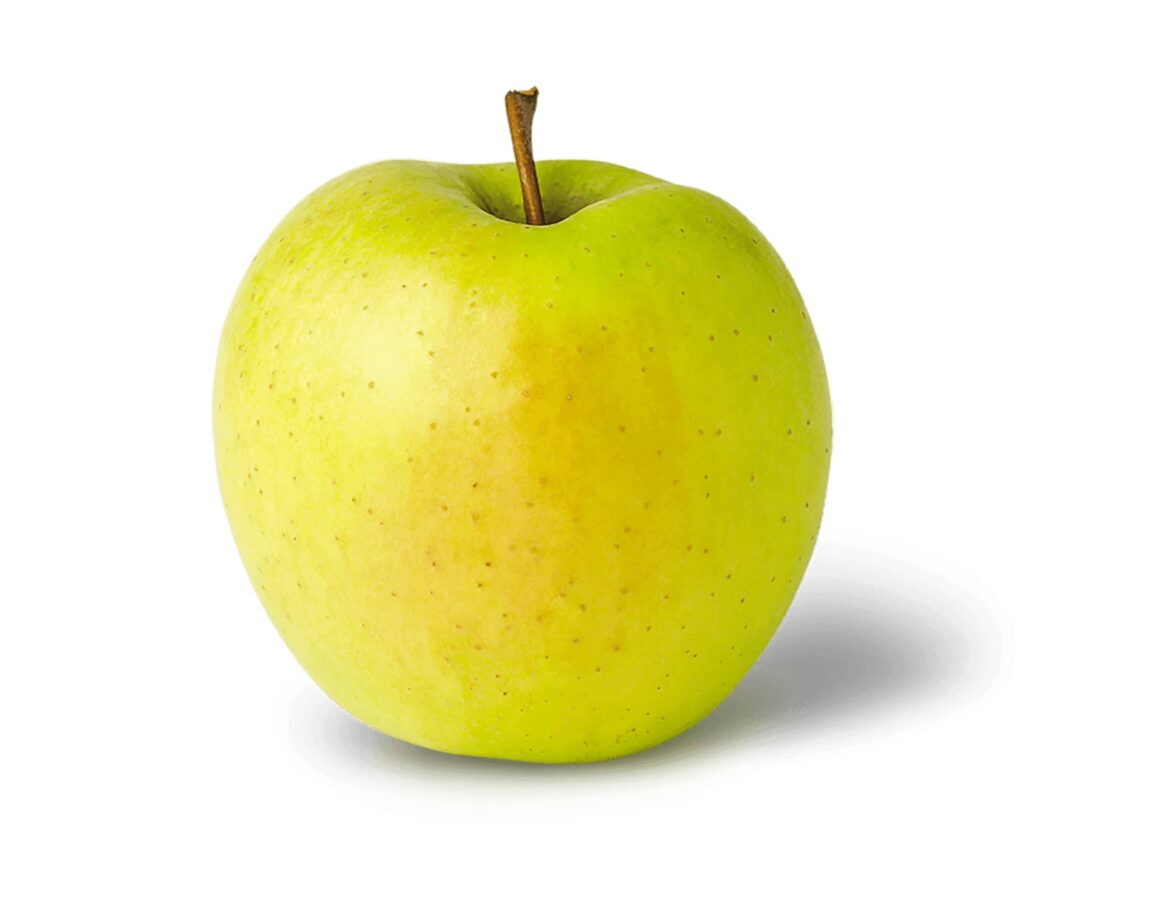
Golden Delicious is a variety of yellow apples that was discovered in Clay County, Florida in 1912. They are typically small to medium in size and have a balanced sweet-tart flavor.
These apples can be consumed as they are or added to recipes to make applesauce, apple crisps, etc.
Health fact: Golden Delicious apples contain carotenoids, naturally occurring pigments, which are known to help with eye health, and also improve cardiovascular health and cognitive function.
2. Golden Raspberries

Also commonly known as yellow raspberries, these fruits have a slight tone of pink in their appearance, and have a much sweeter taste compared to their red counterparts, with a hint of tartness.
Native to Asia, these specialty berries are best eaten raw, and can also be used to make jams, tarts, pies, and herbal teas as well.
Health fact: Golden raspberries are a good source of folic acid, vitamins B and C, antioxidants, and ellagic acid. They also have laxative properties and aid the digestive processes.
3. Apricots

Originally cultivated in China and Central Asia, apricots have soft and velvety skin, and their flesh turns soft and juicy when ripe.
Depending on their variety, these fruits can taste sweet to sweet and tart. They can be eaten in their original form, tossed in salads, made into preserves, and enjoyed in many other ways.
Health fact: Since apricots are rich in vitamins, potassium, and flavonoids, they help with heart health and blood pressure, nerve and muscle function, and strengthen blood vessels.
4. Pomelo
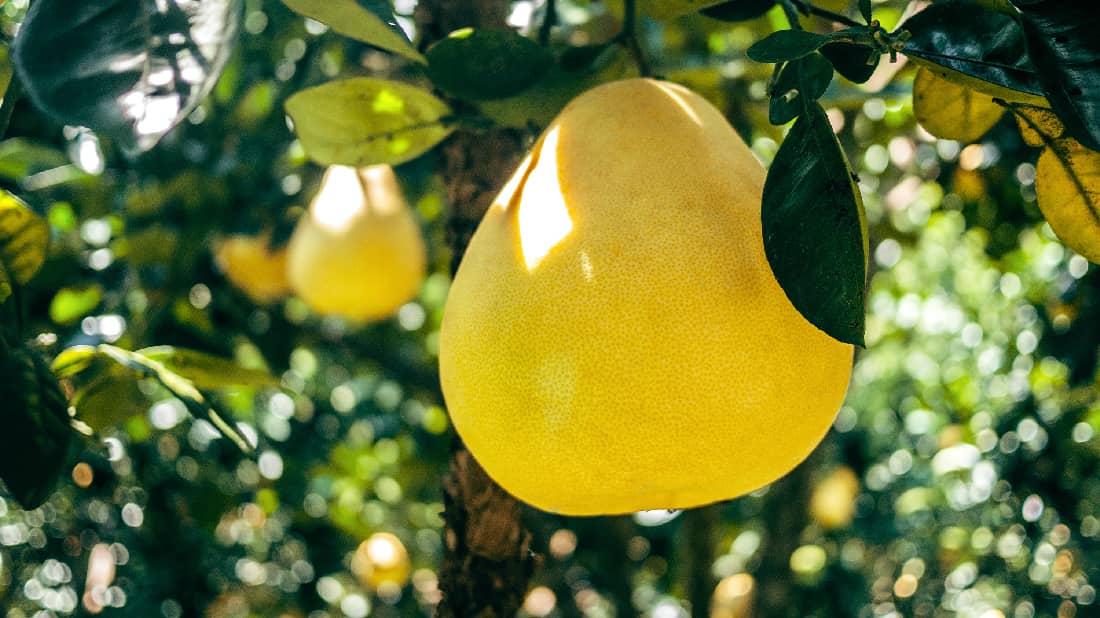
Pomelo is a citrus fruit of Asian origin. It has a teardrop shape, with thick yellow-green skin, and yellow or green flesh.
A pomelo can sometimes grow even bigger than a cantaloupe and has a slightly sweeter flavor compared to its close counterpart – grapefruit.
Health fact: Pomelo is a powerful source of vitamin C, antioxidants, and fiber, and has anti-inflammatory properties as well.
5. Canary Melon
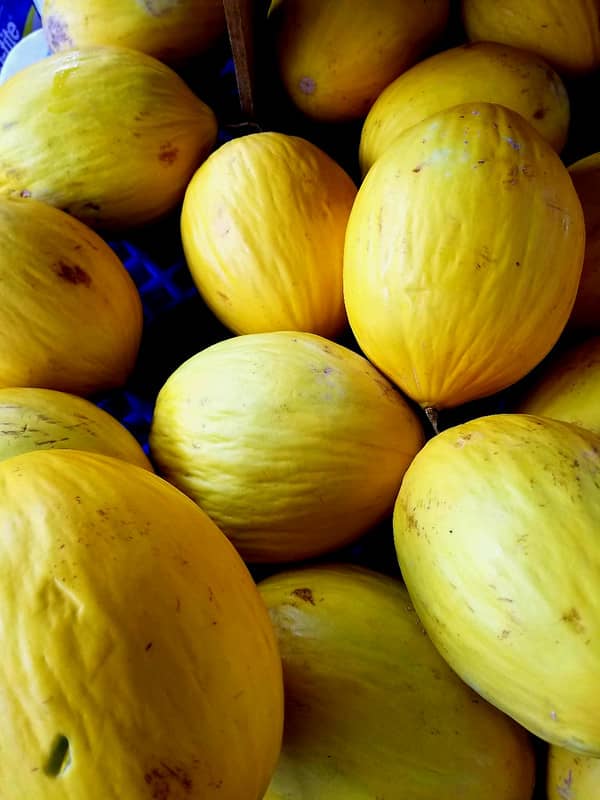
Japanese melon, Korean melon, whatever you call it, canary melon is an oval-shaped fruit from the muskmelon family. This yellow fruit has soft skin, and when it becomes ripe, its flesh turns pale ivory in color, and tastes mildly sweet and a little tangy too.
Canary melon can be consumed fresh, discarding the seeds, or in the form of smoothies, cocktails, salads, cold soup, and more.
Health fact: Canary melons are rich in fiber and vitamin C, and help reduce inflammation, strengthen the immune system, and regulate the digestive tract.
6. Loquat
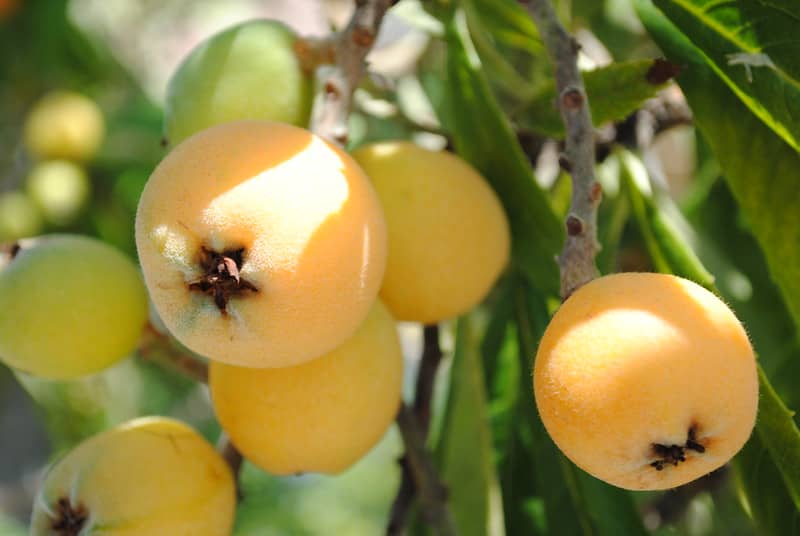
Native to southeastern China, the loquat is a small, round fruit that grows in clusters. Depending on the variety, the fruit’s color varies from yellow to reddish-orange, and it has an attractive sweet, subacid taste.
The fruit is commonly eaten fresh, can be cooked as a sauce, and used as a pie filling.
Health fact: The bioactive compounds in loquat give this yellow fruit anti-aging, anti-inflammatory, and anti-cancerous properties.
7. Lemons
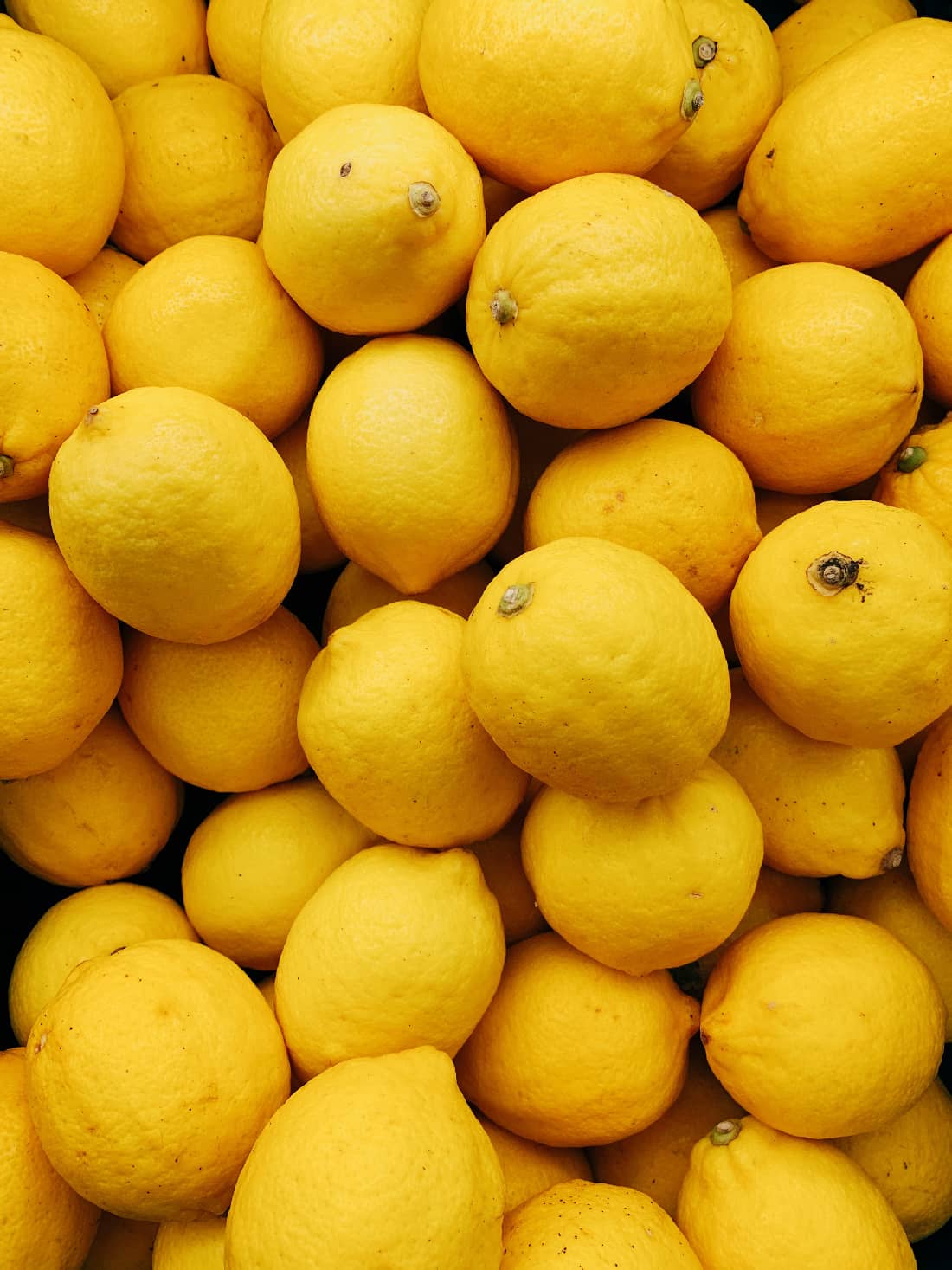
Of course! The roots of these round and yellow citrus fruits can be traced to the foothills of the Himalayas.
Due to their intense bitter taste, lemons are consumed by adding them in small quantities to different foods, and to flavor desserts, drinks, marinades, salad dressings, etc.
Health fact: As a rich source of vitamin C, including lemons in your daily diet can reduce the risk of stroke and heart disease. Furthermore, citric acid from lemons can prevent the formation of kidney stones.
8. Mangoes
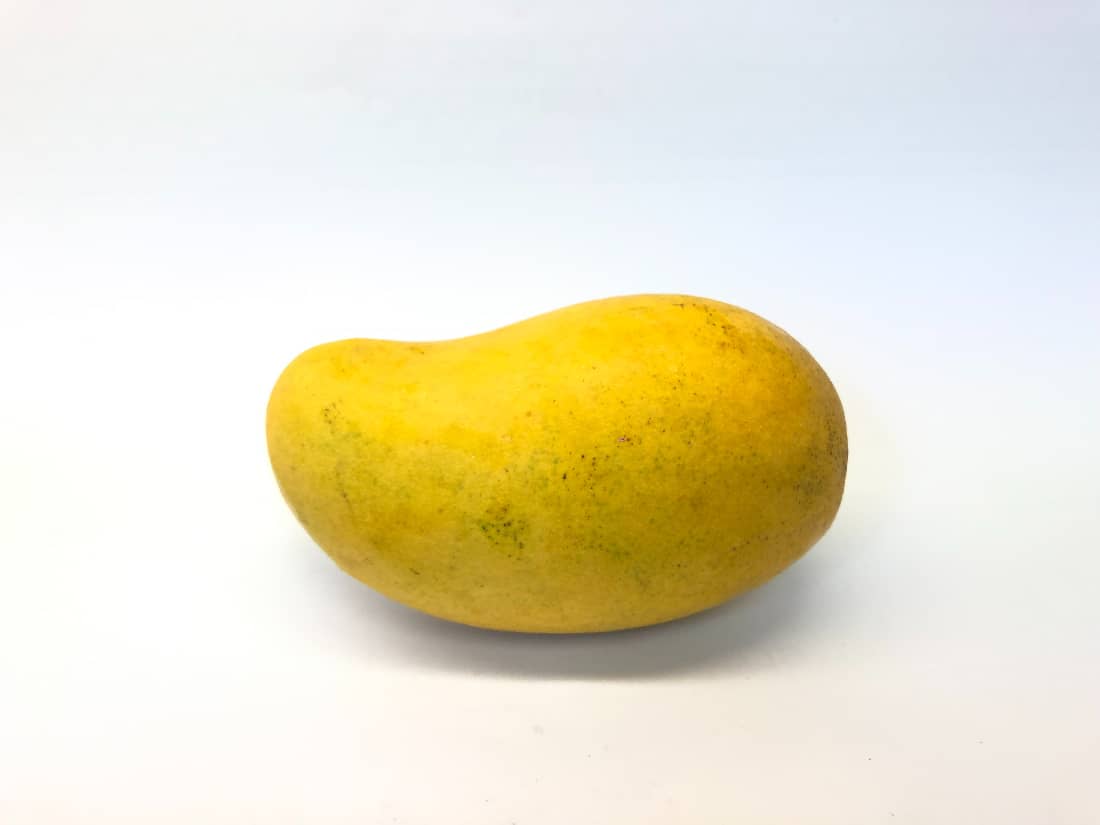
Native to India, mangoes are one of the more popular fruits around the world.
These yellow, tropical stone fruits have soft and creamy flesh that is mostly sweet, and they taste great just as they are and also in many other forms like milkshakes, jams, smoothies, ice creams, salsa, etc.
Health fact: The presence of vitamin K in mangoes helps prevent anemia and strengthens bones. These yellow fruits also offer good support for cardiovascular health.
9. Pineapples
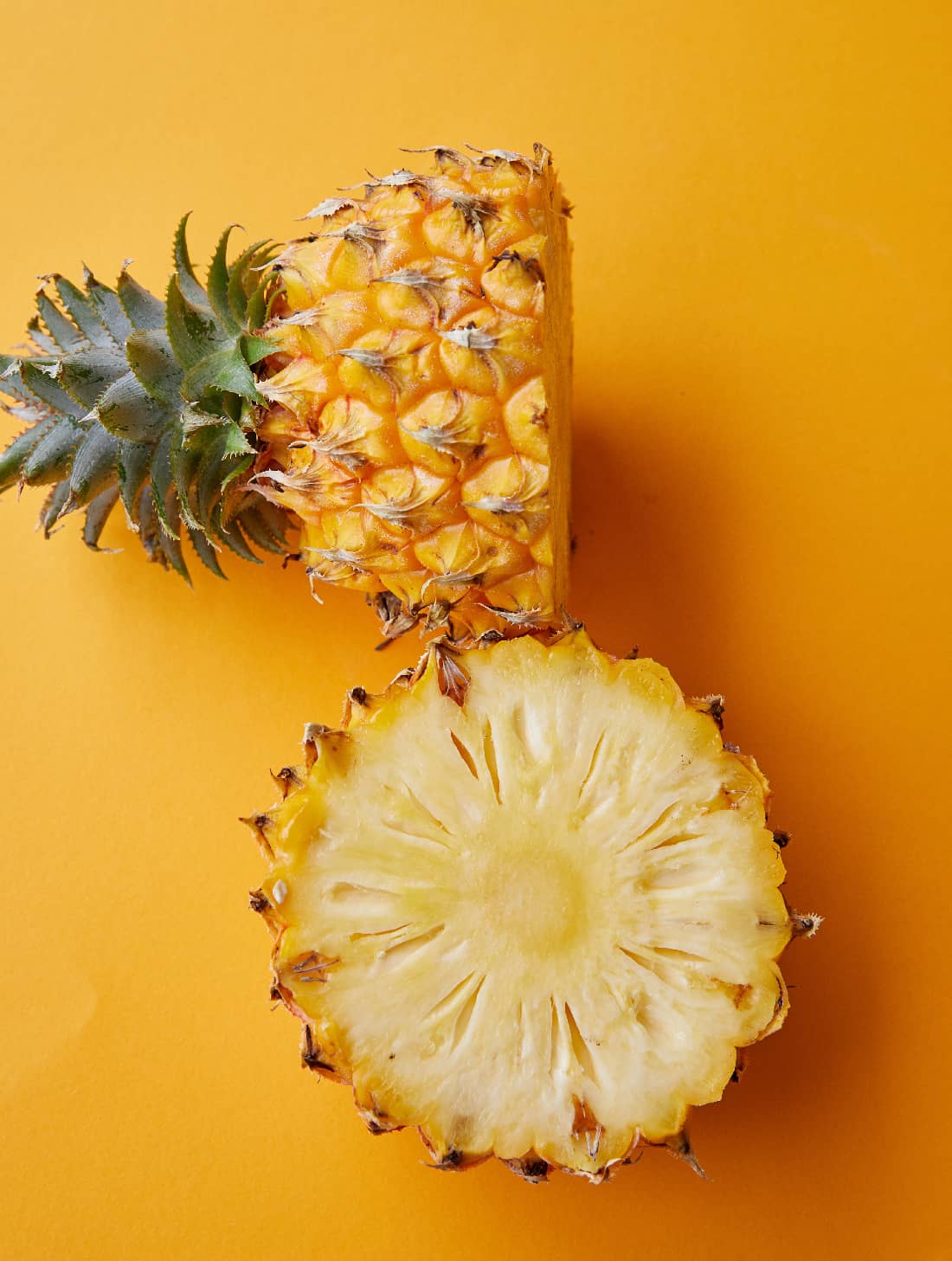
Believed to have originated in Brazil, pineapples are a commercially important fruit crop, now produced in different parts of the world.
This tropical yellow fruit is known for its sweet taste, and can be consumed fresh and solid, dried, and also in juice forms.
Health fact: For centuries, pineapples have been used to treat inflammation and digestion problems. Also, their fiber content makes them beneficial for people with diabetes.
10. Starfruit
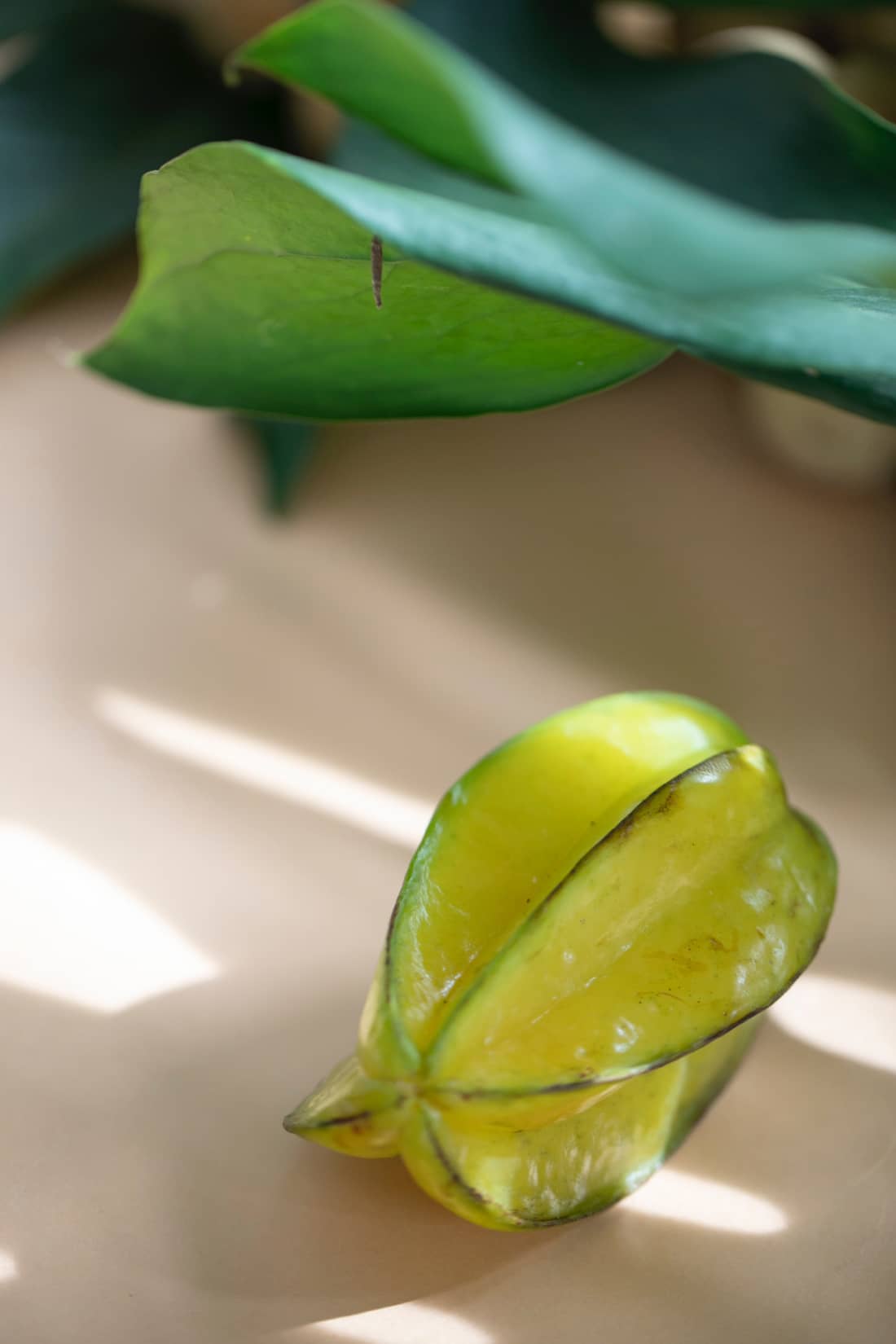
Starfruit, or carambola, is believed to be a native of Malaysia, Indonesia, and Southern China.
The fruit is sweet and sour in taste and has an edible skin. Starfruit is often eaten fresh, and can also be processed into jelly, jam, concentrates, and sweets.
Health fact: Starfruit is known to help prevent the risk of cancer, and its fiber content also helps boost metabolism.
11. Yellow Watermelon

Did you know that yellow watermelons were cultivated before the red ones? Originally cultivated in Africa, the yellow watermelon has a thicker rind and a sweeter taste than its more popular red counterpart.
This fruit works as a quick, refreshing snack, and can also be used in tarts, salads, etc.
Health fact: Yellow watermelon is a rich source of natural antioxidants, lycopene in particular, which offers protection against chronic health issues like cardiovascular disorders.
12. Yellow Pear Tomatoes

An old heirloom tomato variety, yellow pear tomatoes, as their name suggests, are yellow-colored, pear- or teardrop-shaped cherry tomatoes that carry a mildly sweet flavor.
These tomatoes are increasingly used in salsa, salads, and pasta dishes due to their unique appearance.
Health fact: Yellow pear tomatoes have high levels of vitamins A and C as well as calcium and potassium. Regular consumption of this fruit can help combat the risk of heart disease.
13. Golden Kiwifruit
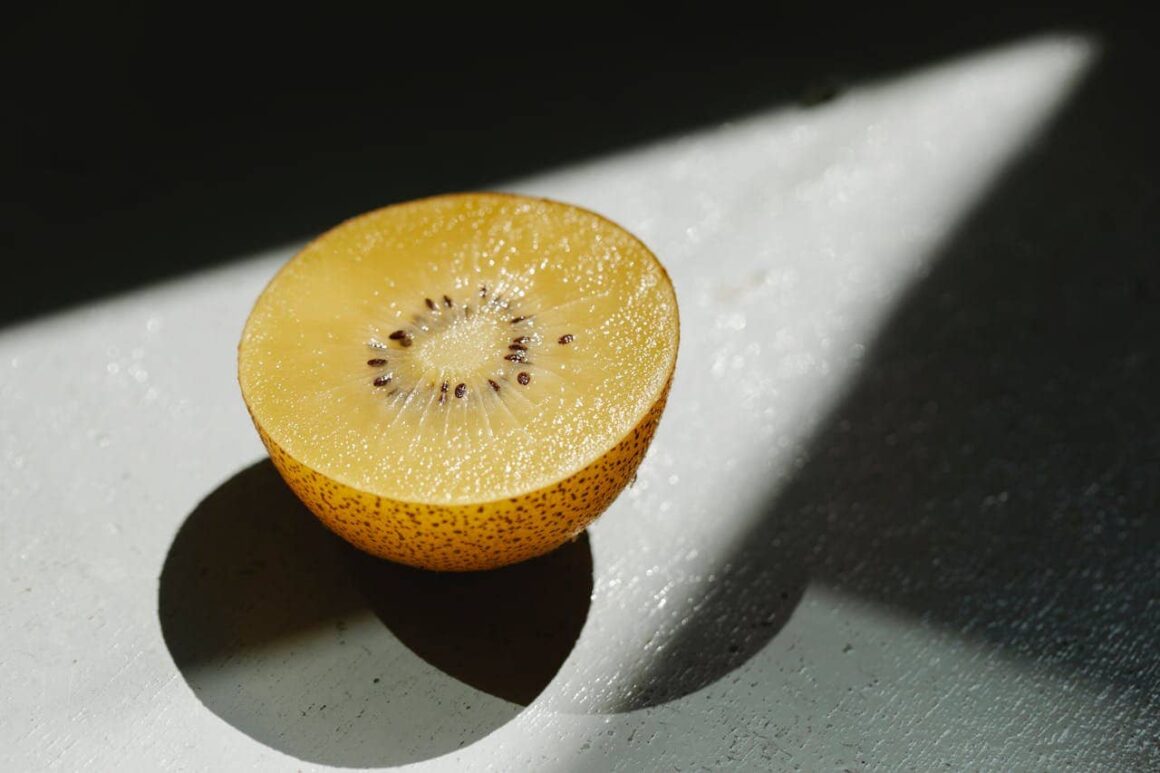
The yellow fruit cousin of the well-known classic kiwi, golden kiwifruit or golden kiwi is known to be perfected by New Zealanders.
While the outer skin of these fruits is golden brown in color, their flesh is vibrant yellow in color, with fewer seeds than the regular green ones, and they have a tangy sweet flavor.
Health fact: Daily consumption of golden kiwifruit is known to improve blood pressure, reduce body fat mass, and regulate inflammatory responses.
14. Papaya
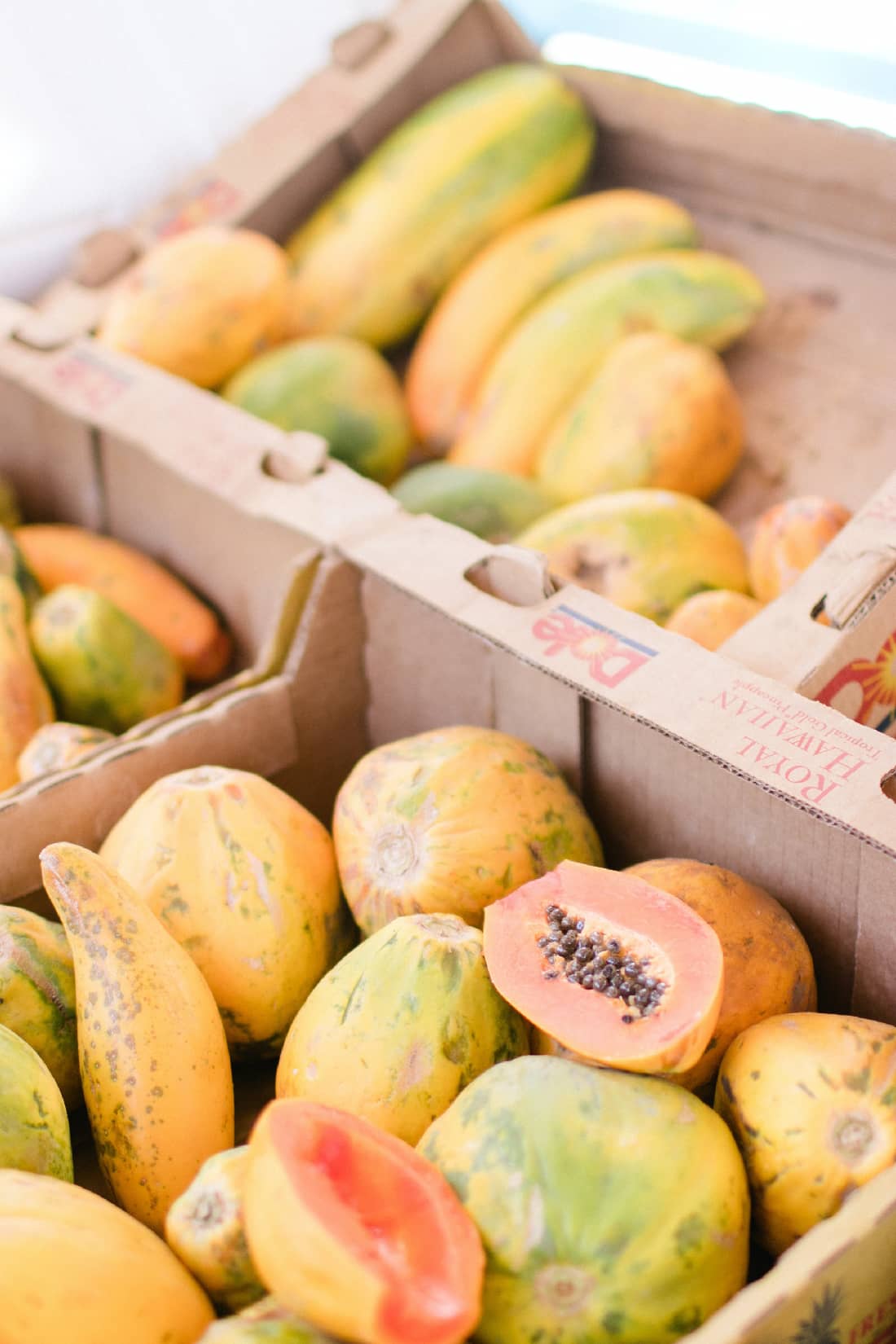
One of the most cultivated tropical crops in the world, papaya is a yellow fruit of Mexican origin that is known for its sweet and tender characteristics.
The fruit is widely consumed in its natural form after peeling and slicing; it also works as an ingredient in various desserts, pies, and more.
Health fact: When ripe, papaya is laxative and ensures regular bowel movement.
15. Bananas

Originally found in Southeast Asia, bananas are perhaps the most consumed fruit worldwide. Of course, they are commonly eaten just the way they are but are equally used as the main ingredient in different dishes like banana bread, milkshakes, smoothies, etc.
Health fact: Since bananas contain easily digestible carbs, they are widely consumed by athletes. Also, the potassium and magnesium content in this yellow fruit acts as electrolytes, which can help with exercise recovery.
There we go!
We have covered in this list many delicious, easily accessible, and highly beneficial yellow fruits that you should be eating.

